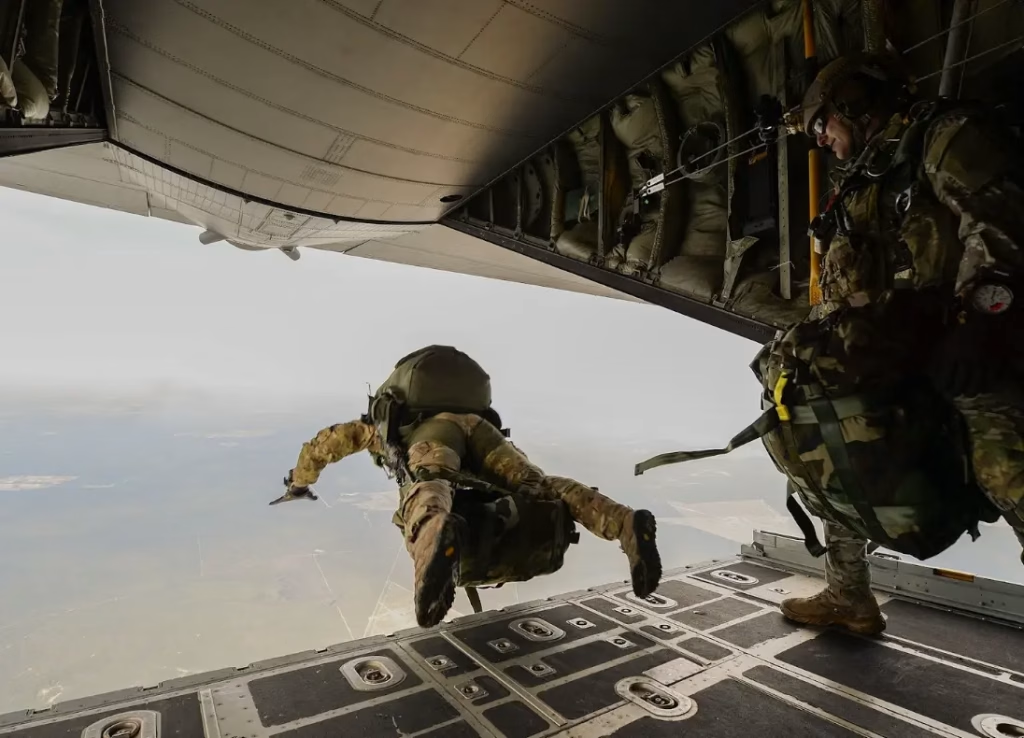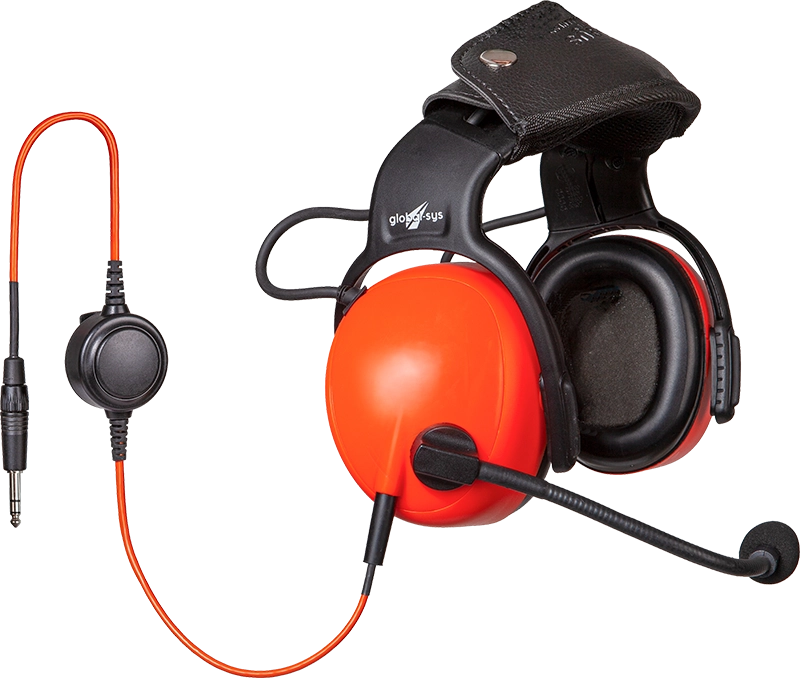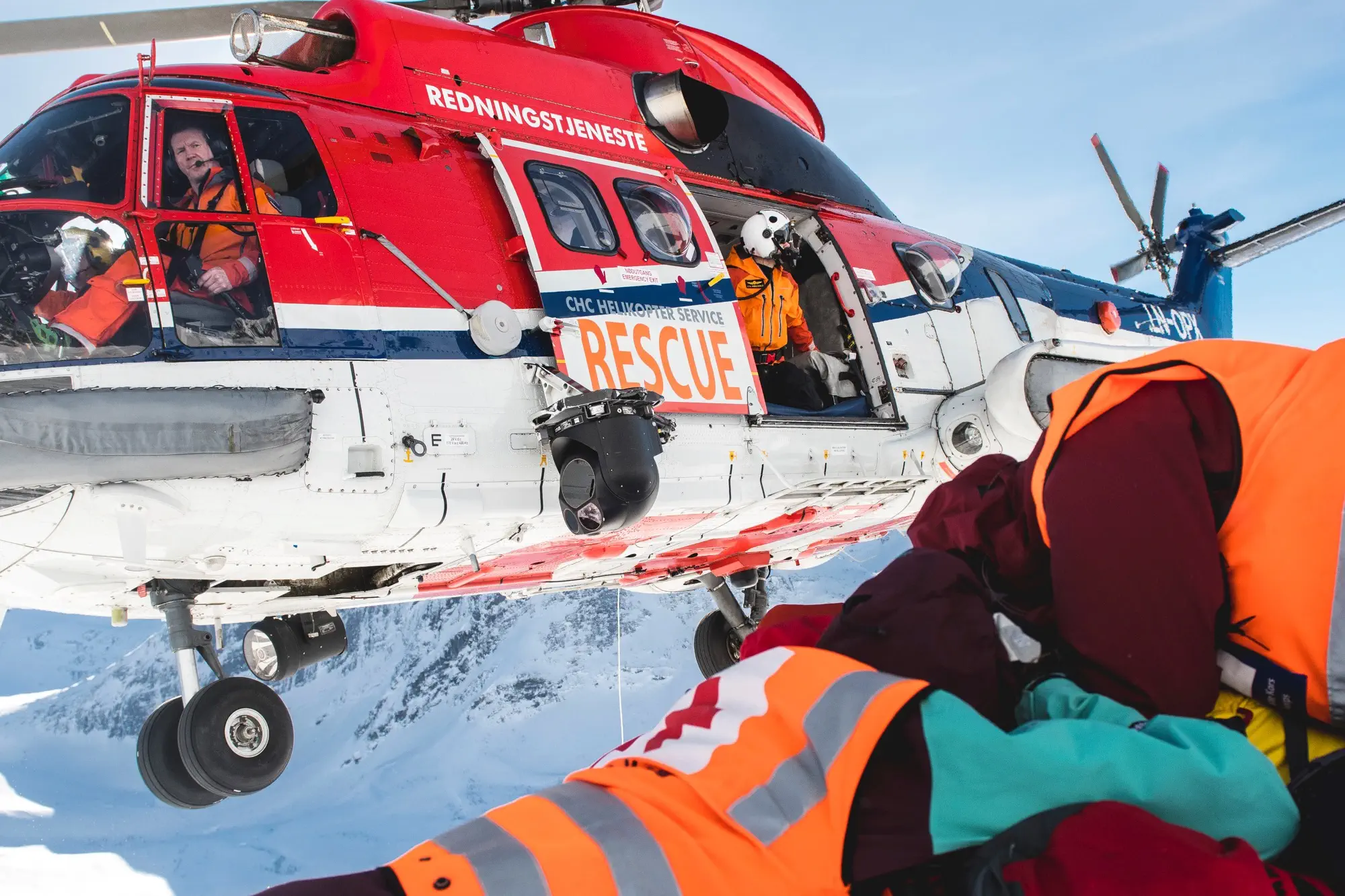In tactical operations—whether in military deployments, search and rescue missions, or aerial maneuvers—communication is more than just coordination. It is the foundation of mission success. The ability to transmit and receive clear information in real time, even in the most extreme and noisy environments, defines the difference between efficiency and failure.
Mission-critical communication platforms are specifically designed to connect multiple agencies, ensuring interoperability and secure collaboration during tactical operations. This enables public safety and emergency response organizations to work together seamlessly, sharing data and maintaining unified operations across diverse systems.
This article explores how to achieve reliable and secure mission-critical communication, particularly when operations are conducted in environments with intense acoustic interference. Dedicated and reliable networks play a crucial role in supporting mission-critical communication, providing resilient and secure infrastructure for agencies operating in challenging conditions. From armored vehicle interiors to helicopter cockpits, the ability to maintain signal clarity under duress is not optional—it is vital.
Introduction to Critical Communications
Critical communications are the backbone of effective urgency response and crisis management. In high-stakes environments—such as natural disasters, large-scale accidents, or security incidents—the ability to exchange information quickly and securely can mean the difference between life and death. Mission critical communications take this a step further, utilizing specialized communication systems, mission critical communication networks, and robust infrastructure to support first responders, public safety agencies, and organizations tasked with protecting lives and property.
These mission critical communication networks, including satellite networks and public safety networks, are engineered to deliver reliable and secure connectivity even when commercial networks are unavailable or compromised. Whether responding to a major fire, coordinating disaster relief, or managing a public safety crisis, effective mission critical communications ensure that teams remain connected, informed, and able to act decisively. By enabling real-time information sharing and situational awareness, these systems are essential for supporting agencies, safeguarding responders, and ultimately saving lives during emergencies and crises.
The impact of noise on tactical operations
Operational noise is a defining characteristic of most tactical environments. Tactical communication must overcome a range of acoustic challenges, including:
- Rotor blade noise in helicopters
- Engine rumble in armored vehicles
- Explosive sounds or gunfire during conflict
- Urban chaos during search and rescue (SAR) missions
These settings expose teams to sound levels well beyond 100 decibels. Without adequate noise reduction, verbal instructions can become incomprehensible, leading to miscommunication, delayed response, or even critical failures.
For military and security forces, a breakdown in communication reliability can compromise safety, endanger assets, and derail operations. Advanced communication systems enhance the efficiency and responsiveness of every operation, even in the most challenging environments. Whether it’s coordination between aircraft and ground teams or real-time adjustments during maritime deployments, voice clarity must be maintained at all times.
Mission Critical Networks and Infrastructure
Mission critical networks and infrastructure form the technological foundation that enables reliable communications during emergencies and crises. These networks are purpose-built to withstand the challenges of unpredictable environments, combining wireless and wired technologies such as satellite networks, public safety networks, and commercial networks to ensure continuous connectivity. The infrastructure supporting these networks includes a diverse array of devices—two way radios, vehicle radios, and laptop computers—that allow responders to communicate and share data in real time, regardless of their location.
A key feature of mission critical networks is their resilience. With built-in redundancy and failover mechanisms, these networks are designed to remain operational even in the face of network failures or natural disasters. Technologies like push to talk provide instant, group-wide communication, enhancing situational awareness and enabling rapid coordination among teams. The integration of robust, secure infrastructure ensures that responders have access to the tools and information they need to make informed decisions and deliver effective mission critical services, even in the most challenging conditions.
Noise reduction technologies and advanced signal filtering
To ensure robust mission-critical communication, a range of technologies has been developed to mitigate interference. These include both hardware and software innovations:
Active noise-cancelling (ANC)
One of the most effective technologies in noise-cancelling systems, ANC uses microphones to capture ambient noise and generate inverse sound waves to neutralize it. Military-grade ANC can cancel continuous engine noise or rotor wash, making speech more intelligible.
Directional microphones and signal processing
High-performance military headsets often incorporate directional microphones that focus on voice input while rejecting ambient noise. Dual-channel communication setups enable simultaneous voice and data transmission without cross-interference.
Digital signal processors (DSPs) further enhance clarity by filtering background noise and applying real-time equalization to incoming audio. Combined, these features ensure that even in a roaring helicopter cabin or on a battlefield, communication remains clear.
Specialized military equipment examples
Modern tactical communication gear includes:
- Helmet-integrated headsets with ANC and radio encryption
- Bone-conduction microphones that bypass external noise by transmitting sound through facial bones
- In-ear tactical earpieces with adaptive noise filtering
These systems are widely used by special forces, naval commandos, and SAR teams who must operate in acoustically hostile environments.
Resilience and redundancy in critical communication systems
While noise reduction enhances clarity, the durability and security of communication systems are equally crucial. Resilient design ensures operational continuity even under extreme conditions. Organizations are responsible for managing redundancy and implementing failover mechanisms to ensure operational resilience during emergencies.
In addition to secure and encrypted channels, it is essential to provide users with control over their data and communications. Control room integration within mission-critical broadband networks further enhances the ability to manage and monitor these systems effectively.
These resilient systems serve a wide range of customers, including emergency services and utility operations, highlighting their reliability and significant impact in high-stakes situations.
Hardware robustness
Mission-critical communication devices are built to survive shock, vibration, moisture, and temperature extremes. Materials are often MIL-STD certified, and hardware is tested in simulated combat scenarios.
Communication redundancy
To prevent single-point failures, many systems feature redundant communication paths. Operators can switch between radio frequencies, satellite links, or internal mesh networks to ensure continuity.
Secure and encrypted channels
In military settings, secure channels are mandatory. Communications are encrypted using military-grade protocols to prevent interception or jamming. Signal resilience includes frequency hopping and resistance to electromagnetic interference.
Such measures guarantee that information flows uninterrupted, even when enemy actors attempt disruption.
Government Agencies and Communication Solutions
Government agencies—including fire departments, police departments, and emergency management organizations—depend on mission critical communication solutions to fulfill their responsibilities efficiently and safely. These agencies deploy advanced communication systems and mission critical communication networks to ensure that responders can stay connected and share vital information in real time during emergency situations. By partnering with private sector experts, state agencies are able to deploy, manage, and maintain reliable and secure communication infrastructure tailored to their unique operational needs.
The ongoing digital transformation within state agencies is further enhancing their communication capabilities. The adoption of cloud-based services, IoT devices, and data-driven tools is enabling agencies to improve their situational awareness, streamline response efforts, and predict potential emergencies before they escalate. For example, AI-powered analytics can help agencies identify emerging risks, while integrated communication systems ensure that critical information reaches the right personnel at the right time. These solutions empower agencies to respond more effectively to crises, protect communities, and support their mission to save lives.
Mission Critical Communication in Public Safety
For public safety agencies such as fire departments and emergency medical services, mission critical communication is an indispensable tool for effective emergency response. These organizations rely on advanced communication sys, mission critical communication networks, and resilient infrastructure to coordinate their efforts and respond rapidly to emergencies. Solutions like push to talk technology and satellite networks enable responders to maintain real-time communication, even in remote areas or locations where commercial networks are unavailable.
Mission critical communication networks also provide essential features such as location tracking and situational awareness, allowing agencies to monitor the status and position of their teams during operations. For instance, GPS tracking and real-time video feeds can help responders navigate complex emergency scenes and allocate resources more efficiently. By enabling seamless information sharing and coordination, mission critical communication solutions empower public safety agencies to deliver faster, more effective responses—ultimately saving lives and protecting communities in times of crisis.
Real-world tactical scenarios and solutions
The effectiveness of these technologies becomes apparent in field operations. Delivering reliable and effective communication networks in challenging tactical environments is essential to ensure proper coordination and response during emergencies. Consider these use cases:
4.1. Urban Search and Rescue: Teams require seamless, real-time communication to coordinate efforts in collapsed buildings. Mission-critical communication sys enable rapid information sharing and situational awareness. The fire department plays a crucial role in urgency response, and mission-critical communication facilitates their quick and coordinated actions during incidents such as fires and structural collapses.
4.2. Cross-Border Disaster Relief: Interoperable networks allow public protection and disaster relief teams from different countries to communicate and share resources efficiently, enhancing international cooperation and real-time coordination.
4.3. Large-Scale Public Events: Secure, high-capacity networks support law enforcement, medical teams, and event organizers in managing crowds and responding to incidents. These solutions serve a diverse range of users, including first responders and public safety personnel, ensuring their needs are met during critical events.
Looking to the future, mission-critical communication will be shaped by advancements in 4G, 5G, and non-terrestrial networks (NTN). The power of these technologies will provide resilient, secure, and high-performance infrastructure, enabling seamless integration with IoT and sensor systems to improve emergency response and situational awareness. International cooperation and strategic partnerships are essential, as organizations have partnered with technology providers and other partners to drive innovation and deliver robust public safety communication networks.
Coordinated aerial intervention
During helicopter-based extraction missions, noise from rotors and engines often exceeds 110 dB. Traditional microphones fail under such conditions. However, military headsets equipped with ANC and directional audio allow pilots and rescue teams to communicate without error, even during vertical lifts or in hostile zones.
Maritime and amphibious operations
In naval missions, teams often operate between shipboard and inflatable crafts where water spray, wind, and motor noise interfere with traditional radios. Headsets with waterproof construction and noise-cancelling systems preserve communication between divers, deck teams, and offshore command units.
Urban search and rescue missions
During earthquakes or urban fires, SAR units must coordinate through rubble, heavy equipment, and sirens. Wireless systems with DSP and secure frequencies enable instant communication between field teams and command centers, even when traditional radio is unreliable.
These examples highlight how modern mission-critical communication tools adapt to each operational domain.
Reliable mission-critical communication is not just a feature-it is a necessity in tactical operations. As threats become more complex and operational theaters more demanding, investing in advanced communication technologies ensures operational success, team safety, and mission continuity.
From tactical communication in helicopters to secure channels in special operations, maintaining signal clarity and system resilience under extreme conditions is now achievable thanks to innovations in noise reduction, encryption, and ruggedized hardware.
Whether your teams operate in the air, at sea, or on land, the right communication equipment makes all the difference.Explore our range of military headsets, tactical communication sys, and anti-noise solutions designed to meet the highest standards of operational performance.







